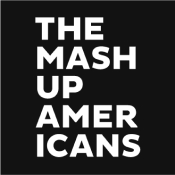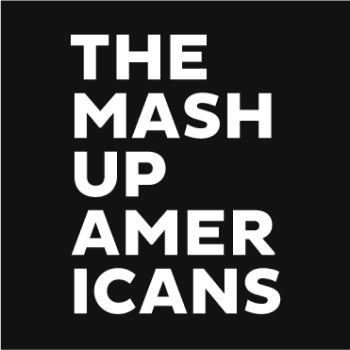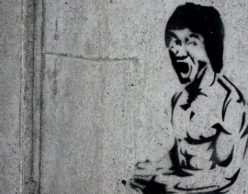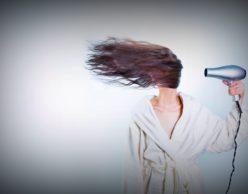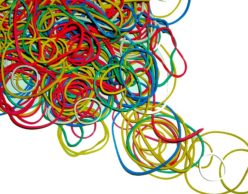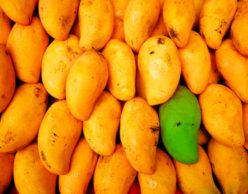Your Starter Guide To Traditional Chinese Medicine
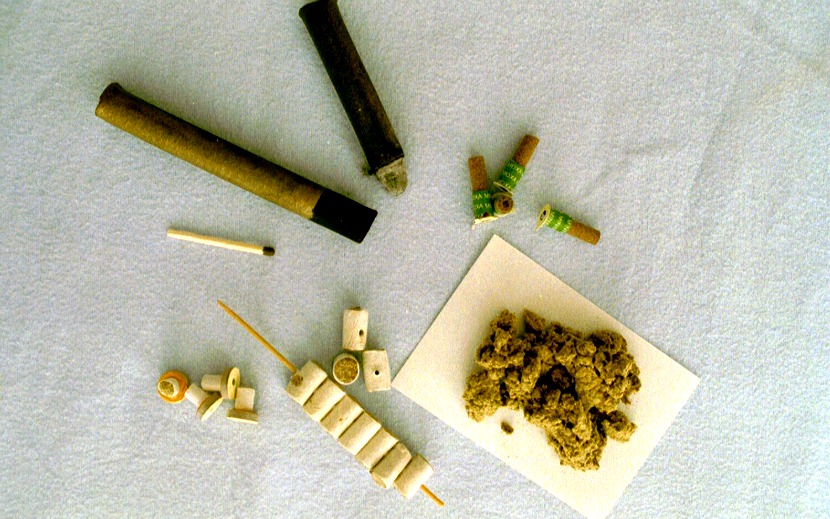
Guys. Traditional Chinese Medicine is having A Moment. Cupping! Acupuncture! Herbs! Sure, TCM has been around and keeping people healthy for a few thousand years. And yeah, basically everyone in Asia has been treated with it. And of course, Chinese-Americans are the healthiest minority in the USA. But what the heck are meridians and why do we care about qi? Is this SCIENCE?
We’re here to help. Remember, TCM is a completely different framework for thinking about health, both physical and spiritual, than Western medicine. We know that can be hard to accept. We also know that the idea of poking yourself with a needle or ending up with weird round red bruises can feel a little bit intimidating. So we present to you our starter guide to Traditional Chinese Medicine. Read it, find a practitioner, and get healthy. We promise, you’ll dig it.
Acupuncture
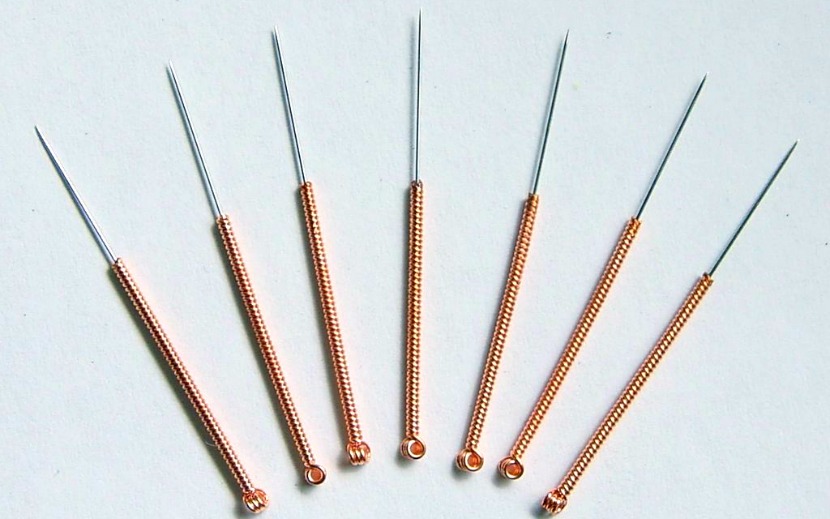
Acupuncture is the best known and most mainstream of the Traditional Chinese Medicine therapies. Though the application can vary widely, acupuncture generally involves a practitioner inserting tiny needles along meridians in your body. Meridians are basically physical channels (think from your ankle to your calf, or along your hip) that in TCM carry your life force, or qi. If your meridians are effed up and blocked, it’s not good for your energy and health. So the goal is to keep it moving, pay special attention to where you’re blocked, and stimulate specific organs where you need a little support.
In the U.S., acupuncture is most typically used to manage musculoskeletal pain or boost fertility, but it’s also a useful emotional therapy tool, as organs and meridians are also associated with specific emotions like anger, fear, and anxiety. No, you almost never bleed when poked — the needles are truly tiny. Yes, you will have the best sleep of your life after a session. Enjoy!
Moxibustion

Ah, moxa! Moxibustion, often known as moxa, is the most elevated use of a humble herb called mugwort. Dried mugwort is burned on or near the skin to do everything from relieve constipation to turn a breech baby to reduce the side effects of chemotherapy. It is truly magical.
Moxa can be done any number of ways. The most common is to burn a cigar of mugwort near the skin, close enough to feel the heat of the ember. A small pile of moxa can also be lit directly on the skin (and removed before it burns the skin itself). Some practitioners, depending on the desired effect, will also heat acupuncture needles with moxa before or after insertion. It smells funny. It feels great.
Cupping
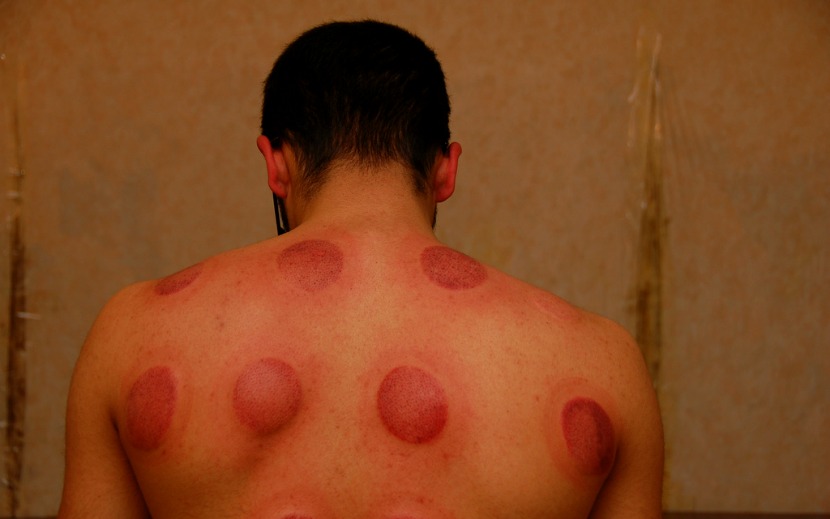
Cupping (and scraping! See below) uses pressure and suction to increase blood flow, improve circulation, and release toxins blocking energy in the body. A “cup,” which looks a lot like a lightbulb, is lit with a small flame to create a suction, then applied to sluggish points on the body, where energy, or qi, is trapped.
Cupping can be hugely beneficial for rejuvenating and healing overwrought muscles, improving digestion, and reducing swelling. It feels a lot like a deep pressure massage, except instead of a pressing down feeling, there’s a sucking up feeling. Yes, it can result in “bruises,” which fade over a period of days or weeks. But perhaps it can also result in many, many, many Olympic gold medals. Give it a shot.
Scraping
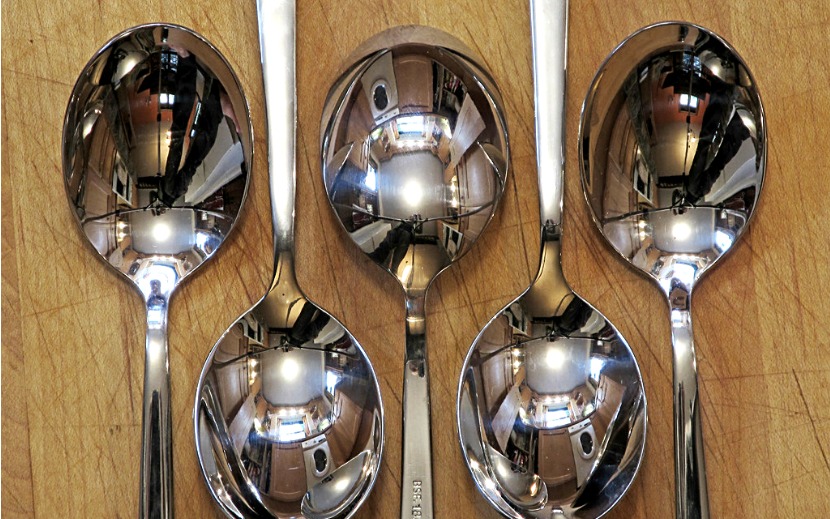
Scraping operates with the same general philosophy as cupping. But rather than using suction to get the blood flowing, practitioners use an object such as a spoon, coin, or even a thin slab of jade or other smooth stone to “scrape” the muscles and get rid of stagnation and get the blood moving. The end result is improved circulation, less muscle tension, and similar bruises as cupping, except presented more as lines than as neat little circles. It feels like the unpleasant bits of a super intense deep tissue massage, tbh, but the next day’s freedom from aches and pains is the reward.
Herbs

Herbal medicine is a big part of Traditional Chinese Medicine. Specific herbs can do everything from boosting kidney function and fighting seasonal allergies to helping you make babies and then helping your body heal from having them. They are prescribed by licensed practitioners and can be taken as teas, tinctures, and very conveniently, in pill form!
Because of contamination scares over the years, most American TCM practitioners use imported Japanese herbs or source their herbs from organic farms in California that specialize in Traditional Chinese Medicine. We’re not gonna lie, many of the herbs we’ve taken have smelled and tasted terrible. But our bodies feel so good. If you’ve ever popped an echinacea or sucked down some geranium extract, there is zero reason why you shouldn’t be using herbs.
See? Not so scary after all. What is your TCM of choice? Tell us!
